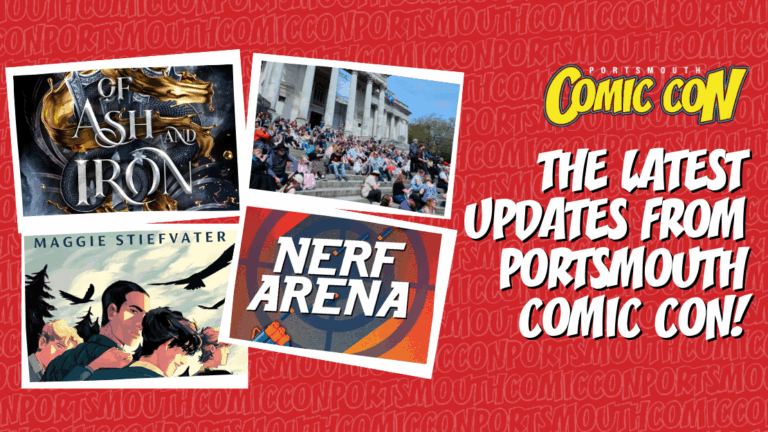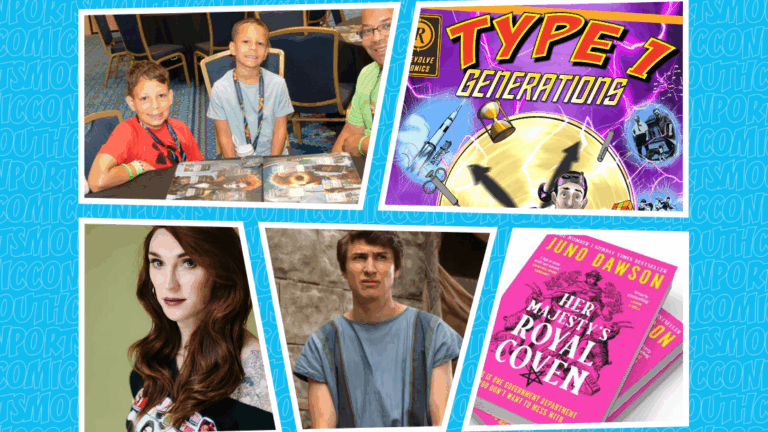Tell us a bit about yourself – how did you get started in comics?
I knew John Freeman, the Doctor Who Magazine editor, socially, at the Doctor Who fan pub in London, and kept pestering him to write the comic strip. He gave me a bit of an education in the form. I did bits for the 2000AD Megazine, but couldn’t jump to U.S. comics until I got an email from Mark Millar, saying he’d seen my TV Doctor Who episodes and would I like to write for Marvel? So, an easy route for any aspiring comickers to copy!
What is it about comics that you love?
I don’t think we’ve explored a quarter of what the medium can do. It’s a movie that activates the reading part of your brain, that you can get the impact of on several levels, from the imagination inspired by the dialogue to the impact of the page shape to the movement between individual panels to the drawn acting of the characters. It’s incredibly versatile.
As well as comics, you’ve also written for TV, and you’ve written novels and audio plays. Do those different mediums exercise different writing muscles, or do you think that writing’s writing regardless of the final form?
Oh, they definitely exercise different muscles. I have to mentally change gear when moving between them. Each has its own different ‘budget’ limitations (none of which, these days, are about money): reader attention; panel and balloon size; time.
What are you working on right now / what do you have coming out this year?
This year I’ve got coming out: The Witches of World War Two for TKO; Con and On and Project: Cryptid for Ahoy; the novelisation of Marvel’s Secret Invasion for Titan and on my own Substack newsletter the continuation of my Witches of Lychford books in serial form with Night of the Gnomes!
What will you have for sale at the show?
A few Witches of World War 2, and a bit of back catalogue stuff like my Jon Pertwee Doctor Who hardbacks and Three Little Wishes.




